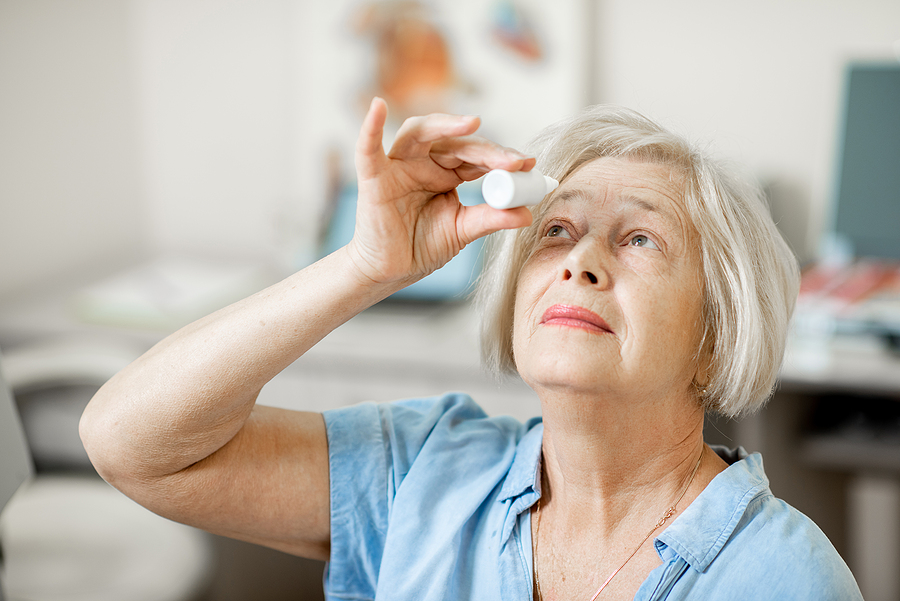Managing Dry Eye
Dry, Scratchy, Red, Sore, Irritated Eyes. Do these terms sound familiar? If so, you may be one of the many people in the UK affected by dry eye disease (DED).
You may have asked your Optometrist for advice or even done your own research, but have you ever wondered why a regime is recommended for the management of dry eye symptoms?
The tear film is a complex structure that covers the surface of the eye. The components of the tears are produced by different parts of the ocular surface and eyelids and need to be balanced to maintain a healthy tear film.
Healthy tears need healthy eyelids. Tiny oil glands just behind our eyelashes produce the important oily outer layer of our tears. This delicate layer prevents the underlying watery layer from evaporating and drying out. If the eyelids are inflamed, the oil glands in the lids become blocked and this stops the tears from functioning. Over 80% of dry eye is caused by unhealthy lids, so adopting an eyecare regime that includes heat to unblock the oil glands, lid hygiene to address inflammation and lubrication to relieve symptoms is the best solution.
Heat, Cleanse, Hydrate is an expert recommended approach to effective management of DED and related eye conditions.¹
HEAT: A specially designed mask is the easiest and most effective to use. Follow the instructions for warming the mask in a microwave and apply the mask to your eyes for 10 minutes for the heat to warm the oils that are clogging the glands. Follow by gently massaging your eyelids to encourage the softer oils to be released.
 CLEANSE: There are a variety of specifically designed lid cleansing products, including wipes, gels, lotions or foams. Using your preferred choice of product gently clean around the eyelid margins and the base of the lashes. This will help to remove any build-up of debris and bacteria which can contribute to inflammation. Ideally this should be performed every day like cleaning our teeth.
CLEANSE: There are a variety of specifically designed lid cleansing products, including wipes, gels, lotions or foams. Using your preferred choice of product gently clean around the eyelid margins and the base of the lashes. This will help to remove any build-up of debris and bacteria which can contribute to inflammation. Ideally this should be performed every day like cleaning our teeth.
HYDRATE: The final step in the regime is to use a lubricating eye drop to rebalance the tear film. There’s no shortage of these available but sometimes it can be difficult to select the correct product. Your clinician will know which is the most suitable for you. Remember to use the drops regularly, even if your eyes are feeling alright. The eye drops will keep your eyes moisturised and prevent the symptoms of dryness, a bit like using hand cream regularly to stop your skin from cracking. Look for a preservative free drop as preservatives can often irritate dry eyes, especially as the drops need to be used at regular intervals.

Unfortunately, dry eye is usually a chronic condition often with many contributory causes that requires continual management. The regular Heat, Cleanse, Hydrate Regime, is an effective way to address the underlying cause and reduce symptoms of discomfort.
If you have any concerns about your eyes or experience discomfort, seek advice from your Optometrist.
Click here to find out more about the entire range of products available from Scope Eyecare.
Click here to find out more about our Discounts+ exclusive offer – Up to 25% off Scope Eyecare kits.
Mandy Davidson, is Medical and Professional Affairs Manager for Scope Eyecare, and an Optometrist with a special interest in the tear film and ocular surface disease.
ADVERTORIAL






















